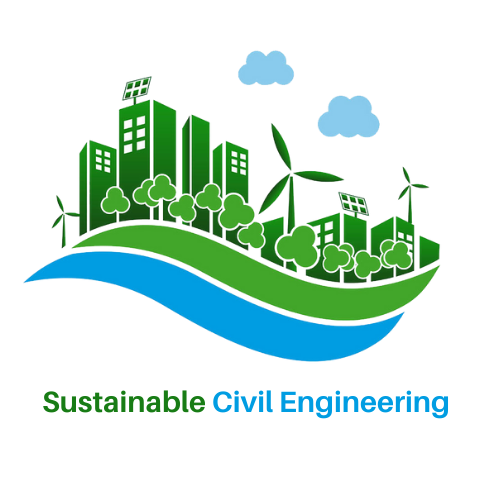Environmental Balance in San Francisco’s Housing Crisis
As San Franciscans who care deeply about our environment, we must recognize that our daily comforts – running water and reliable electricity (which we know can be precarious even in our city) – often close our eyes to the urgent environmental challenges we face. While we’ve become desensitized to calls for planetary action, history shows us the consequences of environmental neglect: medieval Europe’s public health disasters and the industrial-era pollution that once choked cities like Pittsburgh and Los Angeles.
Today, our city faces multiple crises simultaneously: budget deficits, public safety issues, homelessness, and severe housing shortages. The affordability crisis is particularly acute, with even San Francisco’s “low-income” thresholds ($82,200 for individuals, $117,400 for families) exceeding what many essential workers earn, forcing them into extreme commutes or inadequate living situations.
While addressing our housing shortage is critical, the current approach of building taller and denser without comprehensive planning raises serious environmental concerns:
The character of our neighborhoods is changing as six-story complexes tower beside historic two-story homes, altering the unique fabric of San Francisco.
Development is consuming every available space without a master plan that accounts for community needs or environmental sustainability.
Most concerning is the loss of green spaces as developers pave over soil and grass areas, increasing runoff and contributing to urban heat islands. While some projects include “green roofs,” these sustainable features remain optional rather than mandatory.
We need housing solutions that don’t sacrifice environmental health. Every development should require dedicated green spaces, not as an amenity but as an essential component of urban well-being and climate resilience. In San Francisco, of all places, we must demonstrate that addressing our housing crisis and protecting our environment can – and must – go hand in hand.

